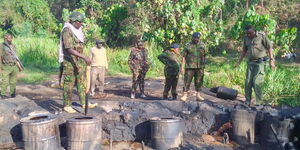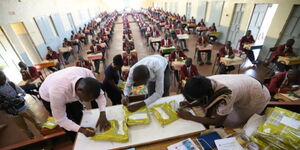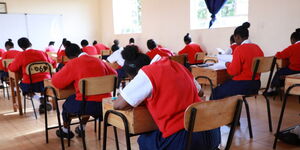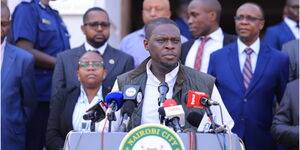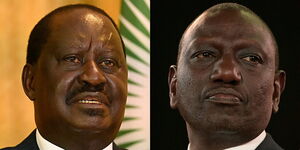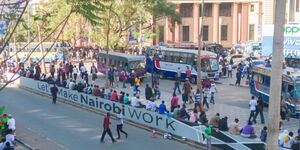The government has allocated Ksh16 billion for the construction of the leather industrial park in Mavoko, Machakos county.
The government seeks to add value to raw materials and provide incentives for tanneries to relieve factories of the financial burden. The funding will also support the construction of an effluent treatment plant which private investors have avoided committing to build due to the costs involved.
The construction of the Mavoko industrial park began in 2017 but stalled due to heavy prolonged rains and low funding. The 14 tanneries in Kenya have low output due to the high financial investment needed to run them.
The ongoing construction of E-leather industrial park in Mavoko, Machakos county seeks to provide and attract investment in leather manufacturing.
Already, the Kenya leather development council has received 10 percent of the Ksh16 billion needed to revamp the sector, although the delay in disbursement of funds has stalled the project several times.
With the continuation of construction, 24 local investors have expressed interest in funding the project.
The arid and semi-arid regions of the country holds sixty percent of the countries livestock population which is also the main source of livelihoods of households in the regions. This is also the source of raw materials for the leather industry.
According to World Bank, Africa owns a fifth of the world's livestock population but only produces 10 percent in raw hides and skins. It also produces fewer leather products globally.
Kenya envisions to be an industrialized middle-income country by 2030. The leather and leather products sector offers an opportunity for industrialization and diversification of exports.
Most of Kenya’s exports are unprocessed, raw hides and skins. The leather sector can contribute to economic growth through expanding exports of both semi-processed and finished leather goods.
The development of the sector involves improving the raw material base, especially the quality of hides and skins, boosting the tanning subsector by producing leather goods,



